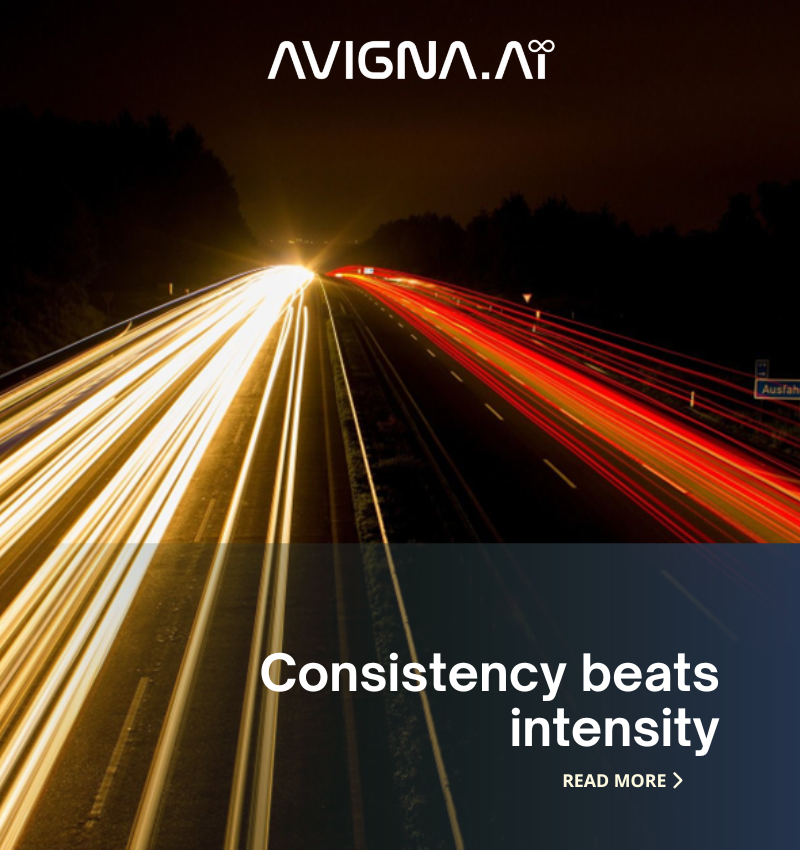As organizations embark on their journey to harness the power of IoT, it is crucial to understand their current maturity level and identify the characteristics and mechanisms that will enable them to advance through the stages of IoT adoption. This article provides a comprehensive overview of each IoT maturity stage’s aspects and the fundamental mechanisms organizations can employ to progress further in their IoT journey.
1 Nascent Stage
Organizations at the Nascent Stage of IoT maturity are just starting to explore the possibilities of IoT technology. They may be aware of the potential benefits of IoT but have yet to initiate any projects or invest in IoT infrastructure.
Characteristics of organizations at this stage include:
- Need for more understanding of IoT technology and its potential applications.
- No dedicated IoT team or strategy in place.
- Minimal or no experience with IoT projects.
Mechanisms to move beyond the Nascent stage:
- Educate stakeholders about the potential benefits and applications of IoT.
- Conduct market research and attend industry events to gain insights into IoT trends and best practices.
- Identify potential IoT use cases and prioritize them based on organizational goals and challenges.
- Develop an initial IoT strategy and roadmap.
- Consider partnering with external IoT experts or consulting firms to kick-start the organization’s IoT journey.
2 Experimentation Stage
At the Experimentation Stage, organizations have recognized the potential of IoT and are actively exploring its applications. They may have initiated pilot projects to test the feasibility of IoT solutions and assess their potential impact on the business.
Characteristics of organizations at this stage include:
- Growing awareness of IoT technology and its potential benefits.
- Initial IoT projects or pilot programs in progress.
- Formation of an IoT team or the appointment of dedicated IoT personnel.
- Developing an IoT strategy and roadmap.
Mechanisms to move beyond the Experimentation Stage:
- Establish clear objectives and KPIs for IoT pilot projects.
- Share the success of pilot projects with stakeholders to gain support and resources for further IoT initiatives.
- Invest in IoT infrastructure, personnel, and training to build organizational capabilities.
- Develop a more comprehensive and detailed IoT strategy and roadmap.
- Encourage a culture of innovation to encourage IoT adoption.
How to choose an IoT Solutions Provider?
3 Expansion Stage
Organizations at the expansion stage have successfully implemented IoT projects and are now looking to scale their IoT initiatives. In addition, these organizations have demonstrated the value of IoT solutions and are committed to further investment in IoT technology.
Characteristics of organizations at this stage include:
- Successful completion of IoT pilot projects.
- Formalized IoT strategy and roadmap in place.
- Investment in IoT infrastructure, personnel, and training.
- Integration of IoT solutions into existing business processes and systems.
Mechanisms to move beyond the Expansion Stage:
- Identify and prioritize new IoT use cases to expand the organization’s portfolio.
- Implement best practices in IoT project management, security, and data privacy.
- Leverage advanced analytics and AI to derive insights from IoT data and improve decision-making.
- Continuously refine and update the IoT strategy and roadmap based on changing market conditions and organizational objectives.
- Establish partnerships and collaborations with external entities to enhance the organization’s IoT capabilities.
4 Optimization Stage
Organizations have fully integrated IoT solutions at the optimization stage into their operations. As a result, their focus is on maximizing the value derived from IoT technology. In addition, they are continuously refining their IoT strategy and processes to improve efficiency and drive innovation.
Characteristics of organizations at this stage include:
- Widespread adoption of IoT solutions across the organization
- Advanced IoT infrastructure and capabilities
- Strong focus on IoT security and data privacy
- Use of advanced analytics and AI to derive insights from IoT data
- Establishment of IoT partnerships and collaboration with external entities
Mechanisms to move beyond the Optimization Stage:
- Optimize IoT operations to improve efficiency, reduce costs, and drive innovation.
- Develop and implement new IoT-driven business models, products, and services.
- Develop a continuous learning and improvement culture to help the organization be at the forefront of IoT technology.
- Strengthen and expand IoT partnerships and collaborations to access new markets and opportunities.
- Monitor the IoT ecosystem and emerging technologies to identify potential areas of growth and innovation.
5 Transformation Stage
Organizations at the transformation stage have achieved a high level of IoT maturity. They are using IoT technology as a catalyst for digital transformation. These organizations drive innovation and leverage IoT to create new business models, products, and services.
Characteristics of organizations at this stage include:
- IoT as a core component of the organization’s digital transformation strategy
- Pioneering new IoT applications and business models
- Creation of IoT-driven revenue streams
- Strategic partnerships with IoT ecosystem players
Mechanisms to maintain and excel in the Transformation Stage:
- Continuously review and update the organization’s digital transformation strategy to ensure IoT remains a core component
- Embrace a culture of innovation and agility to adapt to rapidly changing market conditions and customer needs
- Regularly assess the organization’s IoT capabilities and
As organizations progress through the various stages of IoT maturity, they must invest the necessary resources, infrastructure, and strategies to support their IoT initiatives. However, by understanding their current maturity level and taking the appropriate steps to advance through the stages, organizations can be well-positioned to harness the full potential of enterprise IoT and drive innovation, efficiency, and growth.



